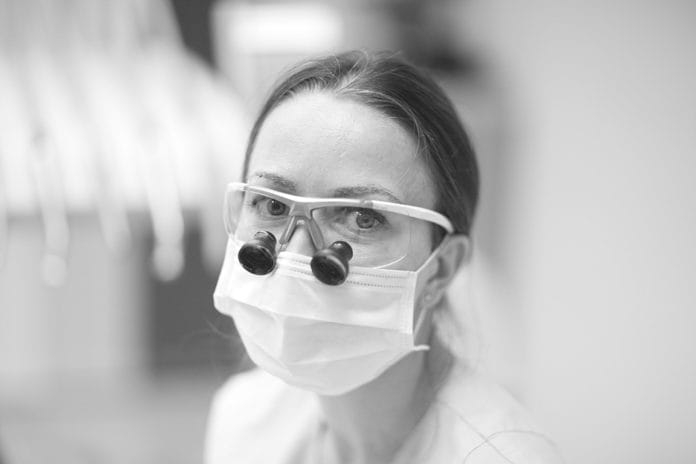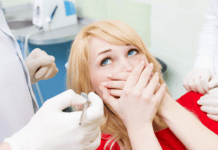As dental professionals, we are super busy; sometimes running behind, yet, trying to be as thorough as we can, while giving the best care possible to our patients. As part of our exam, we should do a once-over, looking at the patient’s skin of their head and neck, as we start to do the oral cancer screening. While this takes just a few seconds to do, we tend to go straight into the oral cavity, without giving the patient’s skin a second look. We may palpate the jaw area and feel under their neck, but what about really looking at their skin? Not just examining their mouth, but their eyes, their ears, their nose? We should “feel” for lumps, bumps, or abnormalities, but do we always look and take note of what it looks like in their records, just as we would if it was in the oral cavity? We see most of our patients every six months, while a patient may only see their doctor once a year, if that, and rarely see a dermatologist.
The American Academy of Dermatology and The Skin Cancer Foundation each have an easy guide for looking at cancer or areas of the skin. This is called the ABC’s signs of skin cancer. A is for Asymmetry; when a line is drawn through the middle of the area, if the two areas don’t match, or aren’t symmetrical, this might be the first warning sign of cancer. B is for Border; the borders of cancer edges tend to be uneven, or not smooth. C is for Color; if the area of the skin has a variety of colors, or it was noted the color has changed since the last visit, this could be another sign of cancer. It is important to note the size, shape, color, and if the area is elevated. If there is a new symptom, such as bleeding, this too, needs to be documented and referred to a dermatologist. Take pictures if possible.
As I was talking to one of my patients, and getting ready to do the oral exam, I noticed two abnormal looking spots on her face. One was in the corner of her nose and the other above her lip. They were asymmetrical, dark and light brown in color, and the borders were a little raised. Remembering the ABC’s of cancer and caring for my patient, I asked her if she had ever had anybody look at those two areas on her face. She said her primary care doctor just said they would keep watching them, and he wasn’t too concerned. I then told her I didn’t really like the way they looked and explained the ABC’s of cancer.
I assured her when the dentist came in for the oral exam I would be sure to point them out to him for his opinion. When he came in the room, I shared my concerns with him, and he agreed she needed to make an appointment with a dermatologist of her choice, just to be sure of what the lesions could be.
The next thing we knew, the patient came in and told us how much she appreciated us. The lesions on her face were indeed cancer, a type of squamous cell carcinoma, and we helped save her life! After three major cancer removal and reconstruction surgeries of her nose and upper lip, our patient is now cancer free. It is a great feeling to have known that just a few seconds of “looking” at the patient’s skin and taking care to look at more than just her mouth, saved her life.
I want to encourage each of you to take just a few extra seconds to include a “look” over of the skin of the head and neck, as you prepare for the oral screening exam. It just might save a life!
For more resources on this visit: www.skincancer.org and www.aad.org.
Before you leave, check out the Today’s RDH self-study CE courses. All courses are peer-reviewed and non-sponsored to focus solely on high-quality education. Click here now.
Listen to the Today’s RDH Dental Hygiene Podcast Below:
SEE ALSO: Can You Identify the Signs of Diabetes, Hormone Disturbances, or Cancer?
DON’T MISS: Sam’s Journey: Beating Breast Cancer During Hygiene School















